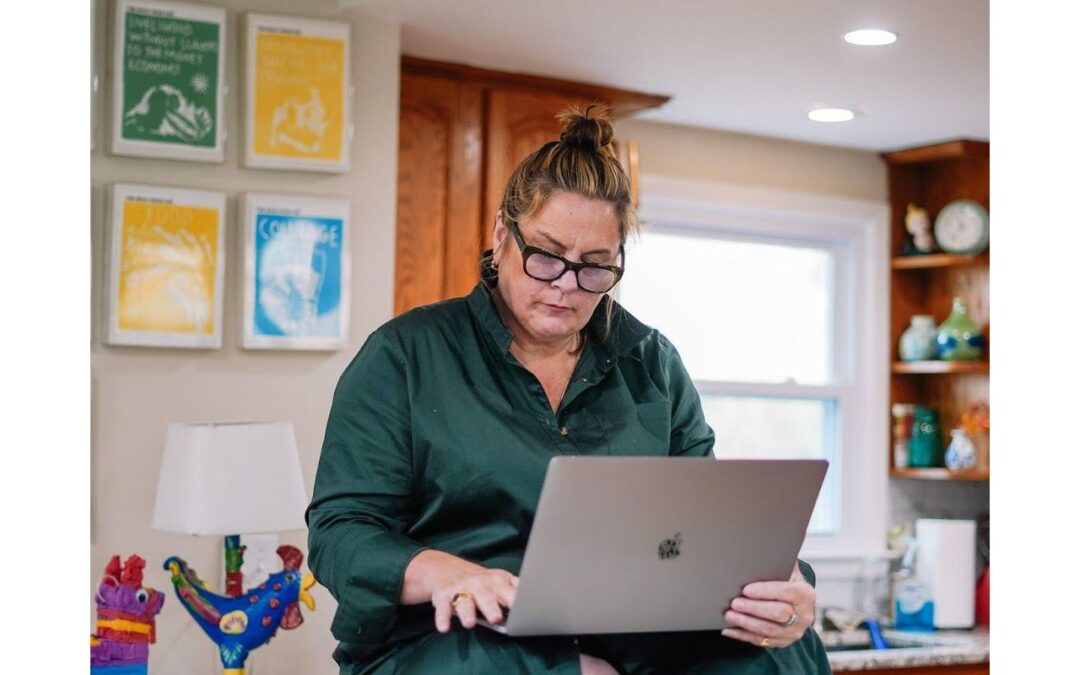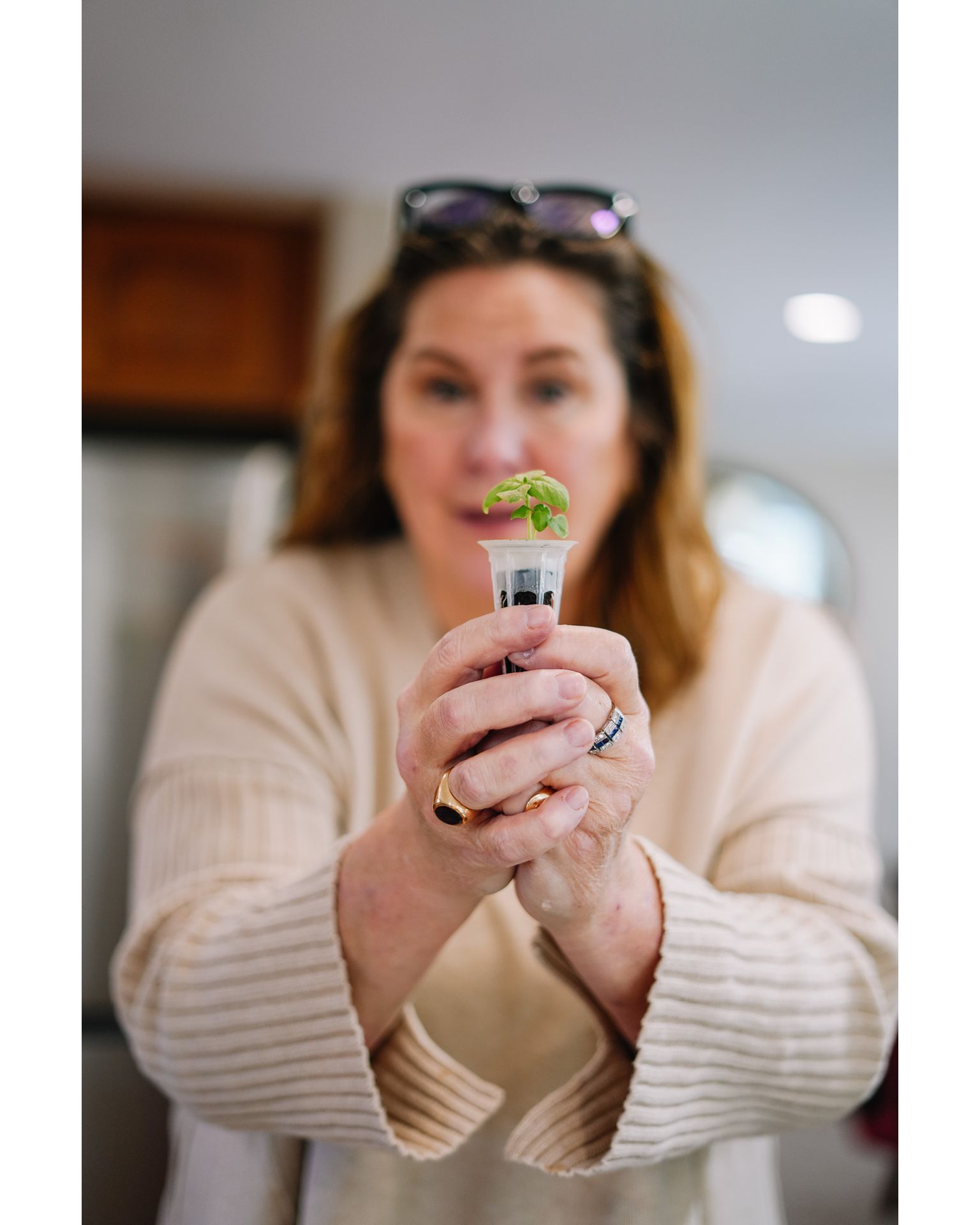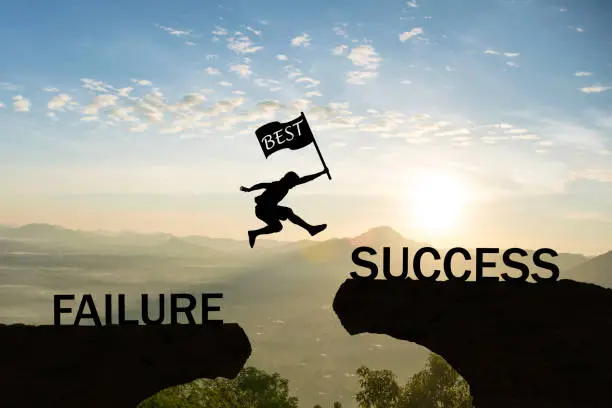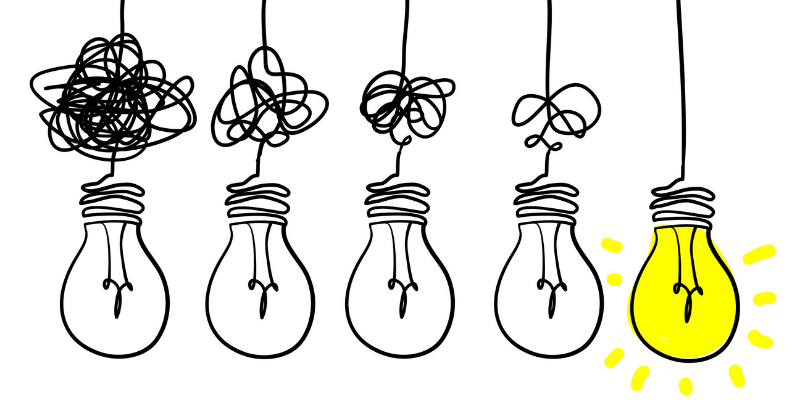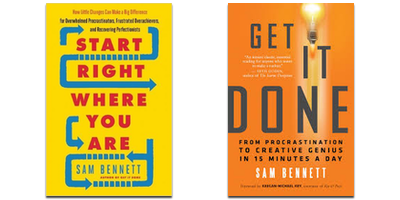Introduction: Confronting the Fear of Failure
Today, let’s talk about something crucial that holds many of us back: the fear of failure. It’s easy to recognize when fear stops us from moving forward. Questions like “What will people think?” or “What if I fail publicly?” often haunt us. But what if failure is not a stop sign but rather an indicator of progress?
Unlocking the Power of Failure
Admittedly, accepting failure as a part of growth is easier said than done. Many aren’t there yet, including myself. However, reflecting on my own experiences, I’ve learned that failure can indeed pave the way to success.
Here’s the crux: Failure is the only path to success. Failing signifies attempting something new, pushing your abilities and knowledge to the limit. It means stepping into uncharted territories, which inevitably leads to growth. If you’re not failing, you might not be trying anything new, and consequently, stagnating. Remember, creativity is stifled by stagnation.
Failure Leading to New Opportunities
Take the example of my encounter with a publishing house. My initial hope was for a 10th anniversary edition of “Get It Done,” but the plan fell through. Or did it? My agent pointed out an interesting offer hidden in the response email – an opportunity to write about overwhelm, which led to a book deal. The failure to achieve one goal opened the door to a more fitting opportunity.
Physical Failure Transforming into Lived Wisdom
For over two years, I’ve battled long-haul COVID, affecting my energy and cognitive abilities. Energy-draining fatigue meant I had to work differently, which led to the creation of the “15-Minute Method.” My body’s limitations became my teacher, deepening my understanding and commitment to this philosophy, which transformed into lived wisdom.
Real Estate Lessons: Failure as a Catalyst for Growth
A memorable failure occurred when I couldn’t afford to buy a home in Southern California after the building I lived in converted into an Airbnb. This inability led me to an unforeseen opportunity in Connecticut real estate, ultimately resulting in a significant financial gain. Thus, sometimes failure redirects us toward unexpected benefits.
Embracing Failure as a Leader
In leadership, actively seeking situations where you might fail can keep you grounded and innovative. Being a leader often shields you from hearing essential criticism. Embrace the discomfort and vulnerability of failing to remind yourself what it’s like for those you lead and serve.
The Joy of Failing Forward
By now, I hope you’re considering embracing failure rather than fearing it. Start that book, make those videos, or push those sales plans forward. Plan to fail repeatedly at first—and that’s okay. The beauty of failure lies in the learning and opportunities that arise from it.
Welcoming Failure as a Friend
Reflect on your life. Recall moments when failure seemed certain but something beautiful emerged. Let failure be your revered teacher, guiding you to push beyond limits, fail joyfully, and persist with grace. Challenge yourself to fail more often and with less judgment, unlocking the boundless potential that lies ahead.
By sharing our failures and learning from them, not only do we grow personally, but we also encourage others to view their setbacks as stepping stones to success. Embrace failure and discover the lessons and opportunities it unfolds. Visit therealsambennett.com/practicum to learn more and sign up. Join a supportive community that will help you put consistent effort behind your dreams, providing the energy and accountability you need to succeed.


